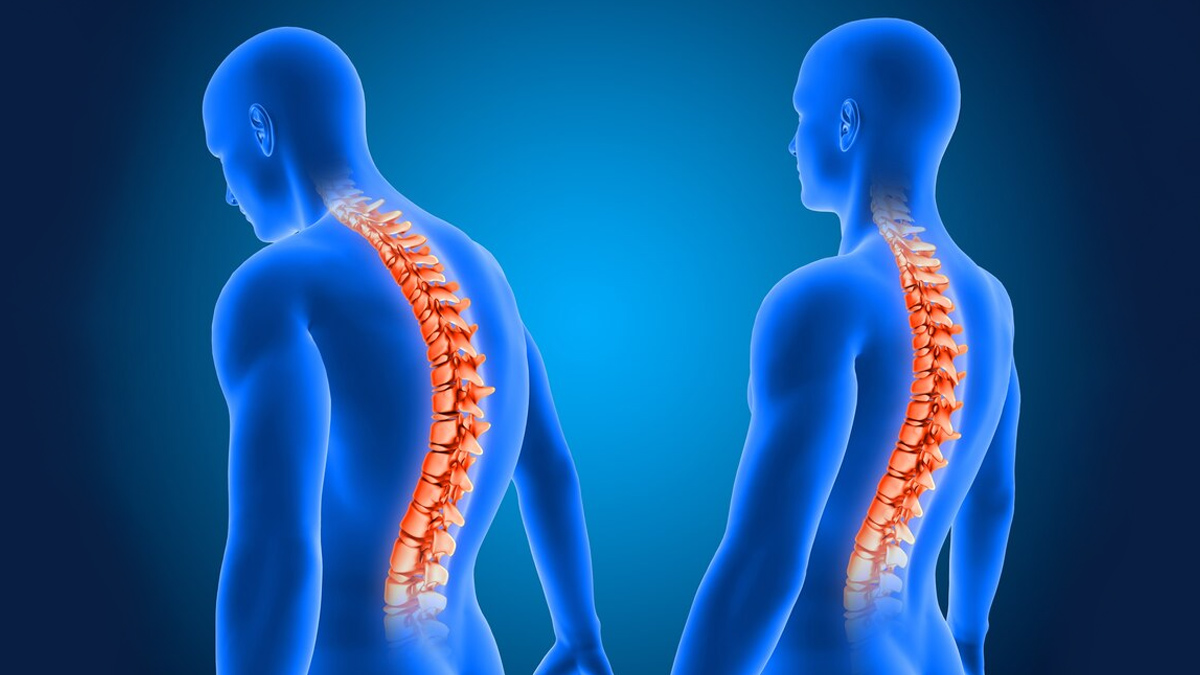
Cervical pain, medically known as cervicalgia, refers to pain in the neck or spine below the head. It can cause problems involving stiffness, reduced motion, muscle spasms, and numbness, affecting daily work. But can this condition affect the overall spine and cause other complications? We spoke to our expert Dr Saikat Jena, Consultant Orthopaedic, Joint Replacement Surgeon and Sports Medicine Specialist, Wockhardt Hospitals, Mira Road, who explained the impact of cervical pain on your spine.
Table of Content:-
Common Causes of Cervical Pain
There are many factors contributing to cervical pain. This can involve factors like:

- Sitting in poor posture
- Muscle strain
- Injuries
- Being diagnosed with conditions like spondylitis or arthritis
These factors can put excessive stress on your cervical spine while causing pain, stiffness, and discomfort. Over time, if overlooked, it can even affect the spinal alignment.
Can Cervical Pain Lead to Long-Term Spine Damage?
Do not neglect cervical pain as a minor inconvenience, as it can severely affect your spine health and increase the risk of long-term complications. According to a 2017 study, 20.3% of people experienced neck pain, which affected their physical, social, and psychological aspects. “You may be exposed to health issues, such as spine degeneration, herniated discs, or bone spurs. These sudden changes in your cervical spine can reduce mobility and compress the nearby nerves, making it an overwhelming experience,” said Dr Jena.
Also Read: Suffering From Cervical And Spondylitis Neck Pain? Try These Yogasana For Relief
How Does Cervical Pain Affect Motion and Flexibility of the Spine?

People with cervical spine pain can have trouble moving their necks freely due to extreme pain and stiffness. This can reduce your ability to move, turn, or even bend your neck. This can affect your day-to-day activities while affecting your spinal flexibility. According to a 2024 study, pain in the cervical spine may affect 16-75% of adults worldwide.
Effective Treatment Options for Cervical Pain

If you are suffering from cervical pain, consulting a doctor can be helpful. Your doctor may evaluate your condition and recommend treatment options accordingly.
“Treatment options can involve physiotherapy, pain-relieving medications, and even hot or cold compresses for much-needed relief from the excruciating pain. Other options include stretching regularly, improving your posture, and using ergonomics setups to reduce strain while preventing spinal damage in later life,” suggested Dr Jena.
Can Cervical Pain be a Symptom of an Underlying Spinal Condition?
Cervical pain can indicate conditions like herniated discs, where spinal cushions slip or spinal stenosis (the narrowing of the spinal canal). One may feel extreme pain, numbness, or tingling in the neck and nearby areas, making it an overwhelming experience.
Also Read: Here Are 10 Ways to Prevent Cervical Pain
Importance Of Good Posture

Maintaining a good posture can help reduce the unnecessary strain on your back and spine. Also, look for desks and chairs that are ergonomic. “These tools can be easily adjusted and help support your cervical spine for better alignment. It also helps prevent excruciating pain as well as chronic damage to the cervical spine,” added Dr Jena.
Can Cervical Pain Radiate to Other Areas of the Body?
“In some cases, the cervical pain may spread to other areas of your body, such as shoulders, arms, or even the hands if the nerves in the spine are compressed. This mostly happens because the cervical spine is connected to the nerves that further spread to these areas,” concluded Dr Jena.
[Disclaimer: This article contains information provided by an expert and is for informational purposes only. Hence, we advise you to consult your professional if you are dealing with any health issue to avoid complications.]
Also watch this video
How we keep this article up to date:
We work with experts and keep a close eye on the latest in health and wellness. Whenever there is a new research or helpful information, we update our articles with accurate and useful advice.
Current Version